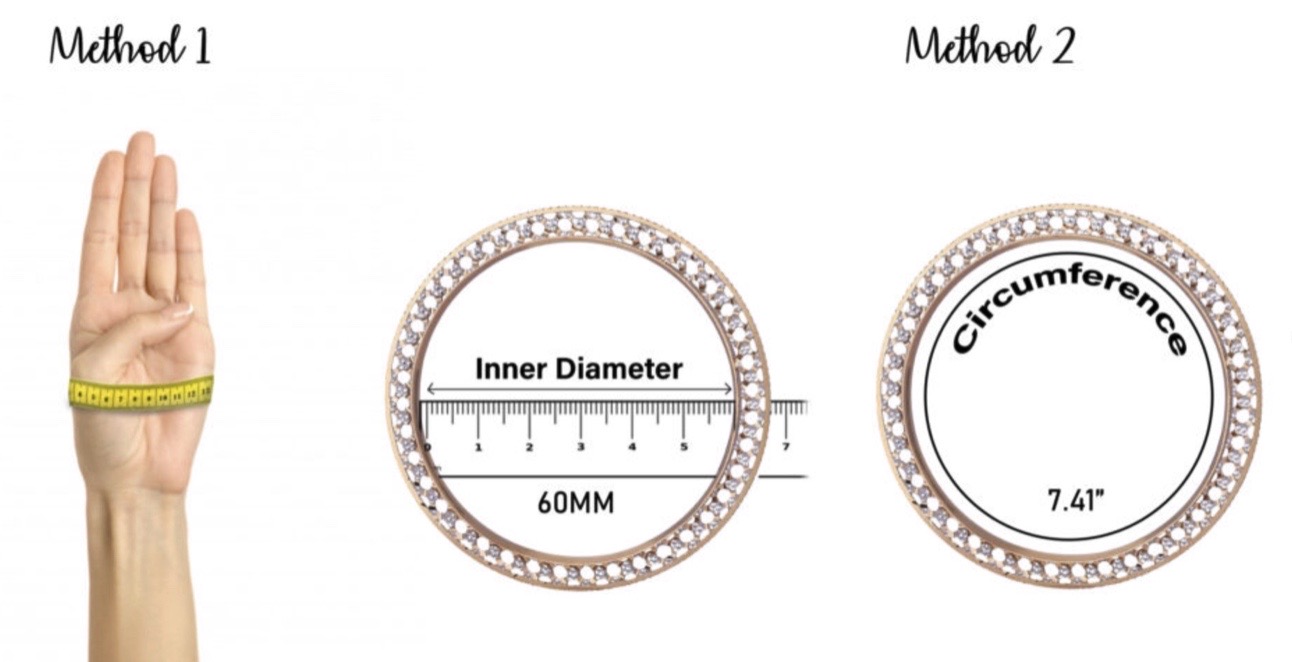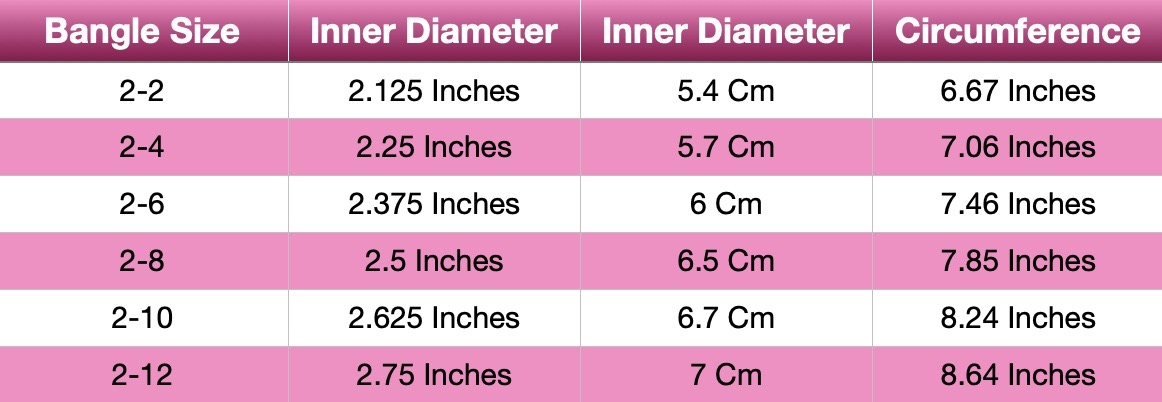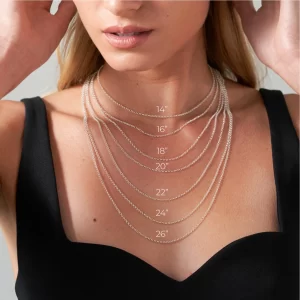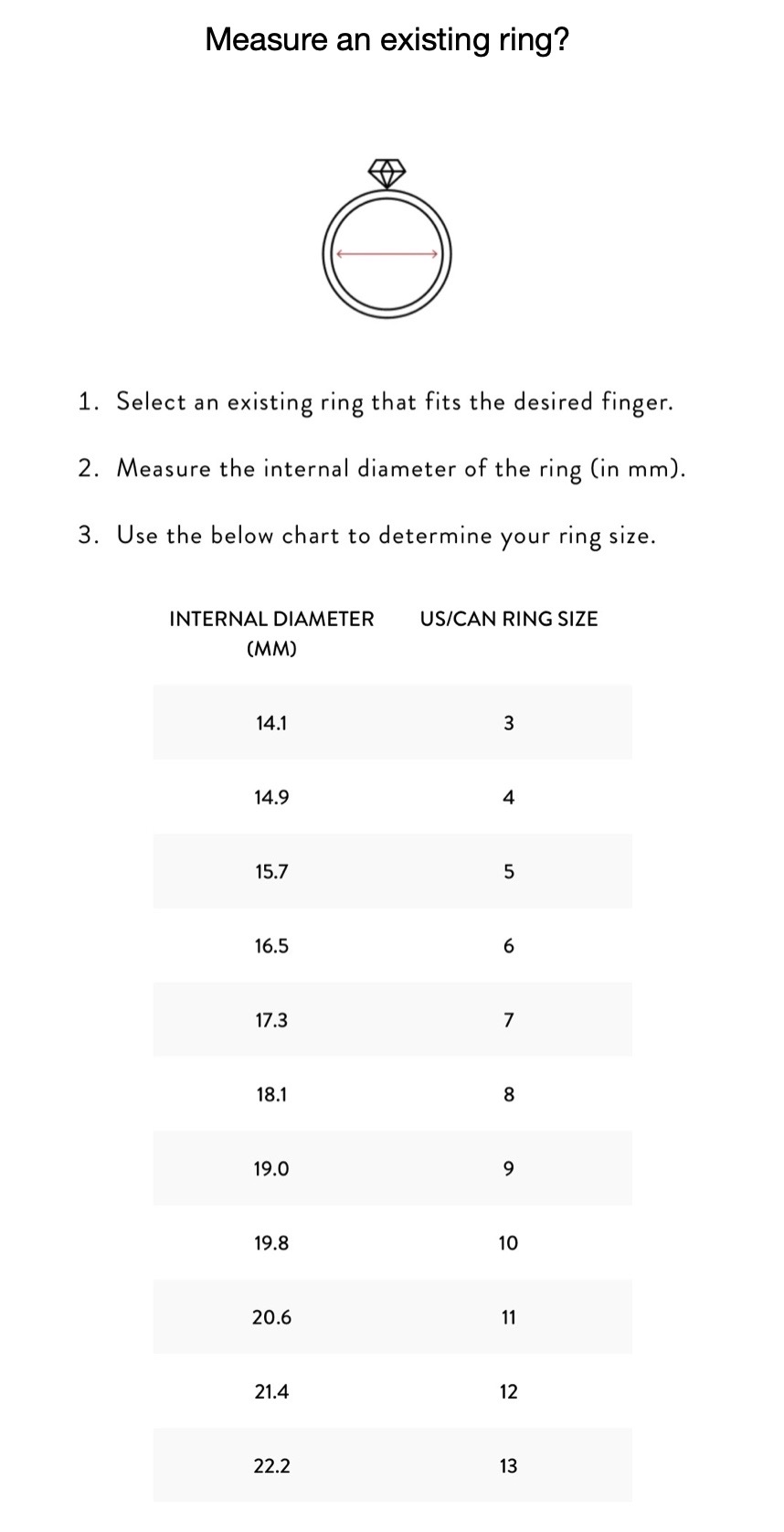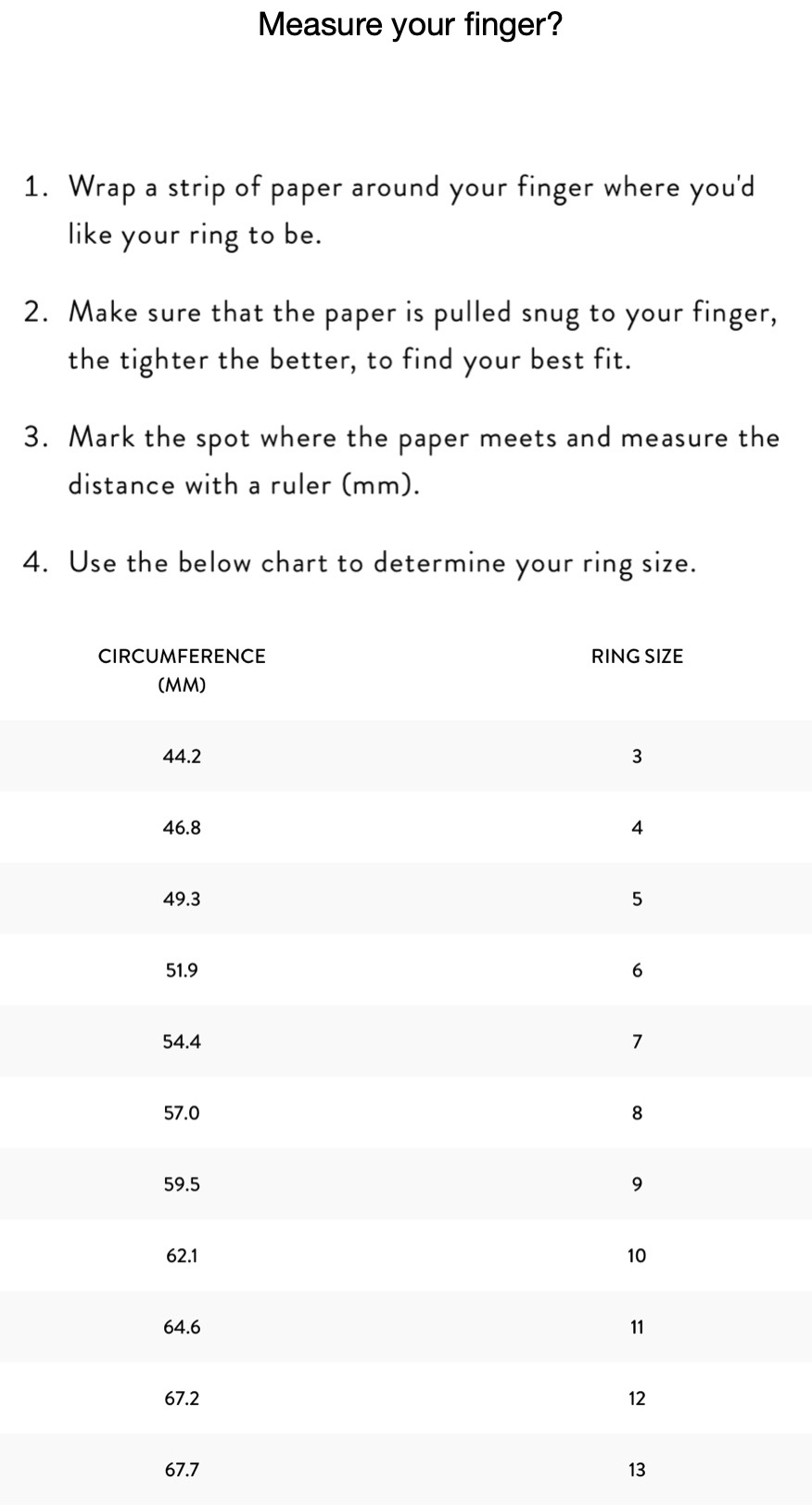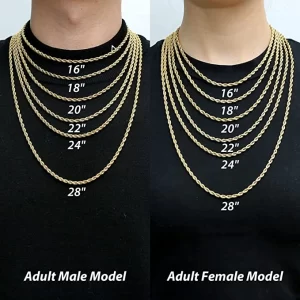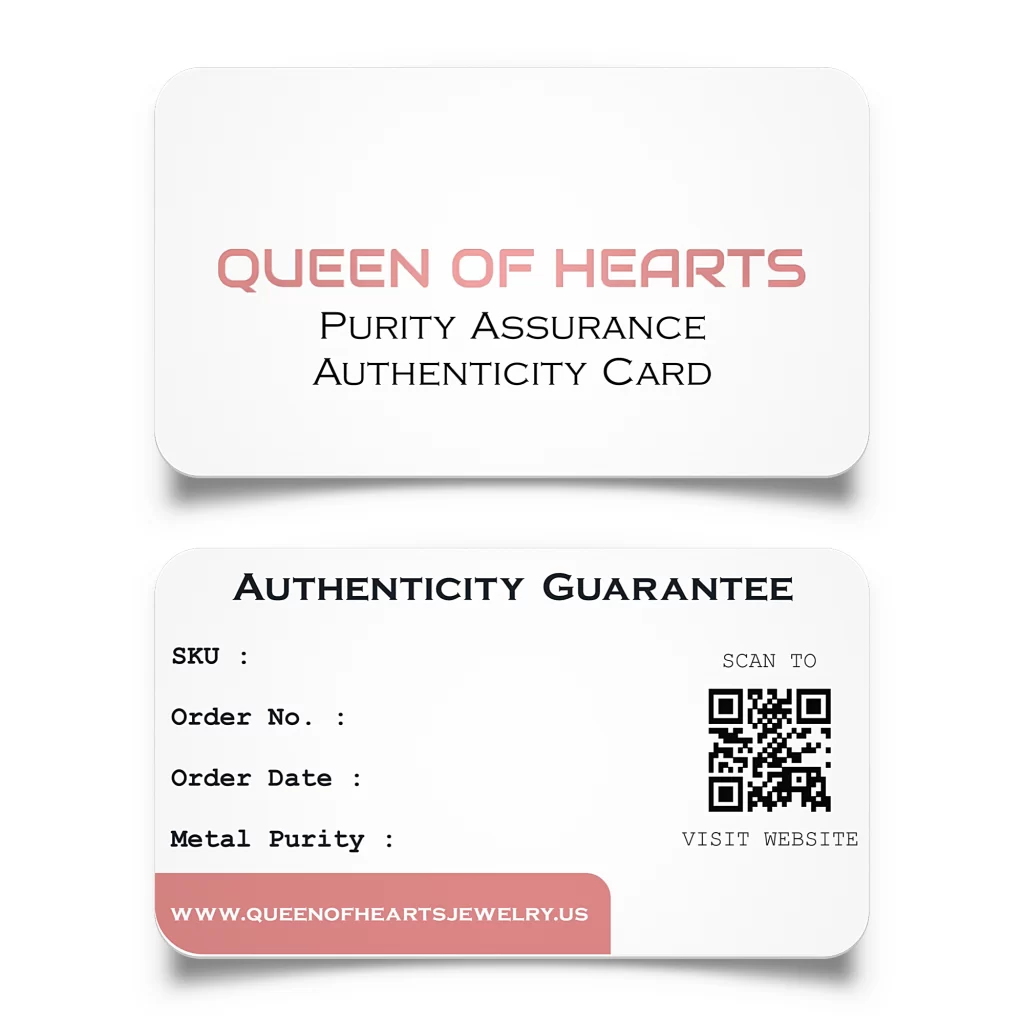Why do Indian babies wear bracelets?
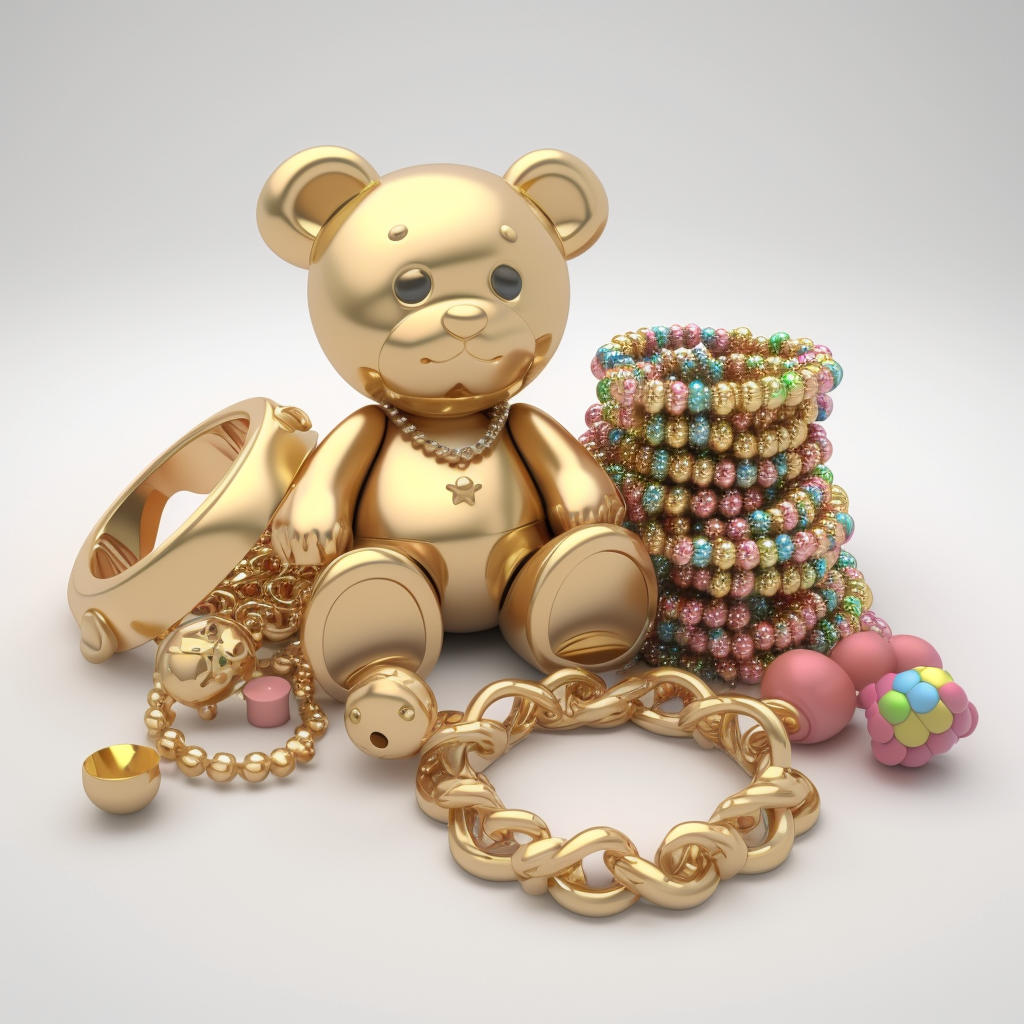
In Indian and South Asian culture, babies and toddlers are introduced to the concept of jewelry from an early age. From bangles to ankle bracelets, the tradition of adorning babies with jewelry dates back hundreds of years, and originates in the practice of Hinduism.
In this article, we’re going to explore the symbolism and significance of bracelets, and why Indian parents adorn their babies with them from an early age. Let’s take a look!
WHY DO INDIAN BABIES WEAR BRACELETS?
As you probably already know, jewelry is incredibly important in India and other regions in South Asia; from the mangalsutra to the kada, each piece of jewelry carries its own historic and cultural significance. When it comes to baby bracelets, Indian babies can wear these for either spiritual or decorative reasons – or both!
The practice of adorning babies with bracelets originates in Hinduism; when babies were born, their parents tied a black thread around the baby’s wrist to protect them from evil forces and evil spirits. In more recent years, these baby bracelets changed, and were typically made up of a gold or silver chain adorned with black beads. Nowadays, this historic practice still lives on in India and South Asia, and many Indians living abroad still choose to fasten a bracelet around their baby’s wrist when they’re born.
That being said, it’s important to note that many Indian parents don’t necessarily have spirituality in mind when buying a bracelet for their baby. As studies from Carnegie have shown, many Indian immigrants in the USA aren’t practicing Hindus; however, many still choose to follow certain Indian customs as a way of maintaining an attachment to their cultural and religious heritage.
ARE BRACELETS SAFE FOR BABIES?
In general, most healthcare professionals would advise against adorning babies with bracelets at a young age. This is due to the inherent choking hazard; if the bracelet gets caught on the baby’s clothing, any beads or charms could become detached and present a choking risk.
There’s also the potential question of skin sensitivity; your baby may have an intolerance to certain metals (such as nickel), in which case wearing a metal bracelet could cause irritation, redness, and other sensitivity concerns.
Additionally, a baby’s skin is incredibly delicate, especially during those all-important early years; sharp metals or charms could easily scratch the baby’s skin and cause friction or injury. That being said, there are still a number of ways that you can find a baby-safe bangle or bracelet for your little bundle of joy.
HOW TO PICK A BRACELET FOR A BABY
So, how can you pick out a baby-friend bracelet that combines practicality with safety? Here’s what we recommend:
OPT FOR SOMETHING ADJUSTABLE
Your baby’s wrists are going to be growing all the time, so you want to make sure to opt for a bracelet that will grow alongside your little one. The best way to do this is to choose an adjustable baby bangle; these can be placed on your baby’s wrist from birth and adjusted as they grow. Aside from being highly practical, baby bangles can provide high sentimental value, especially if your child is able to wear it for years at a time.
SOFT METALS
When picking out a baby bracelet, one of the most important points to keep in mind is choosing a baby-appropriate metal. Soft metals are the ideal choice here; gold bracelets 22k are soft enough to prevent any friction on your baby’s skin, while also being hypoallergenic. Skin sensitivities can be common in young babies, so never opt for a cheap metal such as nickel. Gold plating is a bad idea, too; the gold finish will wear away over time, exposing your baby’s skin to potentially irritating nickel and other metals.
BEWARE OF CHOKING HAZARDS
The last point to keep in mind is choking hazards. While you might be tempted to add charms, and beads to your baby’s bracelet, these do pose a potential choking risk, and are best avoided during your baby’s early years. If you do wish to opt for a charm bracelet, you’ll want to remove it when your baby goes to sleep, especially if your baby is teething!

